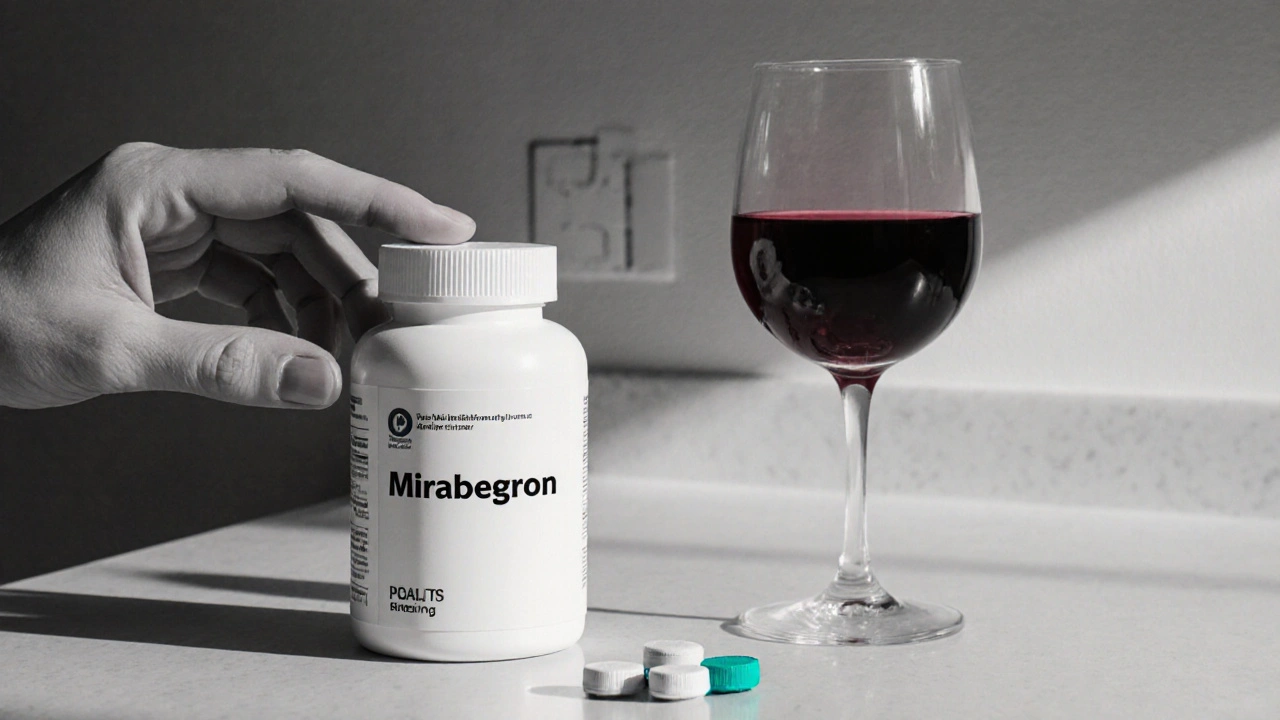Overactive Bladder Medication: A Practical Overview
When dealing with overactive bladder medication, these are drugs prescribed to reduce urgency, frequency, and leakage caused by an overactive bladder. Also known as OAB drugs, they play a key role in managing urinary incontinence and improving daily comfort.
One major group is anticholinergics, medicines that block the neurotransmitter acetylcholine to calm bladder muscle contractions. Common names you’ll hear are oxybutynin, tolterodine, and solifenacin. Another important class is beta‑3 agonists, drugs that relax the bladder by stimulating beta‑3 receptors, with mirabegron being the best‑known example. Both families aim to reduce sudden urges, but they differ in side‑effect profiles and how they interact with other health conditions.
How These Medications Fit Into a Broader Management Plan
Medication isn’t a magic fix on its own. Effective overactive bladder medication use often requires bladder training, fluid management, and pelvic floor exercises. Bladder training teaches you to gradually increase the interval between bathroom trips, while pelvic floor therapy strengthens the muscles that help keep urine in. Combining drugs with these habits lowers the dose needed and can cut down on common side effects like dry mouth from anticholinergics or increased heart rate from beta‑3 agonists.
Side‑effect handling is another crucial piece. If you notice dry mouth, try sugar‑free gum or sip water throughout the day. For constipation, increase fiber and stay active. Some patients switch from an anticholinergic to a beta‑3 agonist when cognitive concerns arise, especially older adults. Your doctor may also adjust timing—taking the pill at night can lessen daytime drowsiness.
Insurance coverage and cost can shape choices too. Many anticholinergics are available in generic form, making them more affordable, while newer beta‑3 agonists may require prior authorization. Checking with your pharmacy and asking about patient assistance programs can keep treatment sustainable.
When you start a new regimen, expect a short adjustment period. Most guidelines suggest a 4‑to‑6‑week trial before deciding if the medication works for you. During this window, keep a simple bladder diary: note the time of each void, the volume, and any leakage episodes. This data helps you and your clinician fine‑tune the dose or switch drugs if needed.
Below you’ll find a curated set of articles that dive deeper into each of these topics—drug comparisons, side‑effect strategies, lifestyle tips, and real‑world patient experiences. Whether you’re just learning about OAB drugs or looking for a specific answer, the collection is organized to give you clear, evidence‑based guidance.
Mirabegron and Alcohol: Safety Guide for Mixing
- Laura Ledas
- Jul, 19 2025
Explore if it's safe to mix mirabegron with alcohol, covering interactions, risks, practical tips, and FAQs for people treating overactive bladder.
Learn More